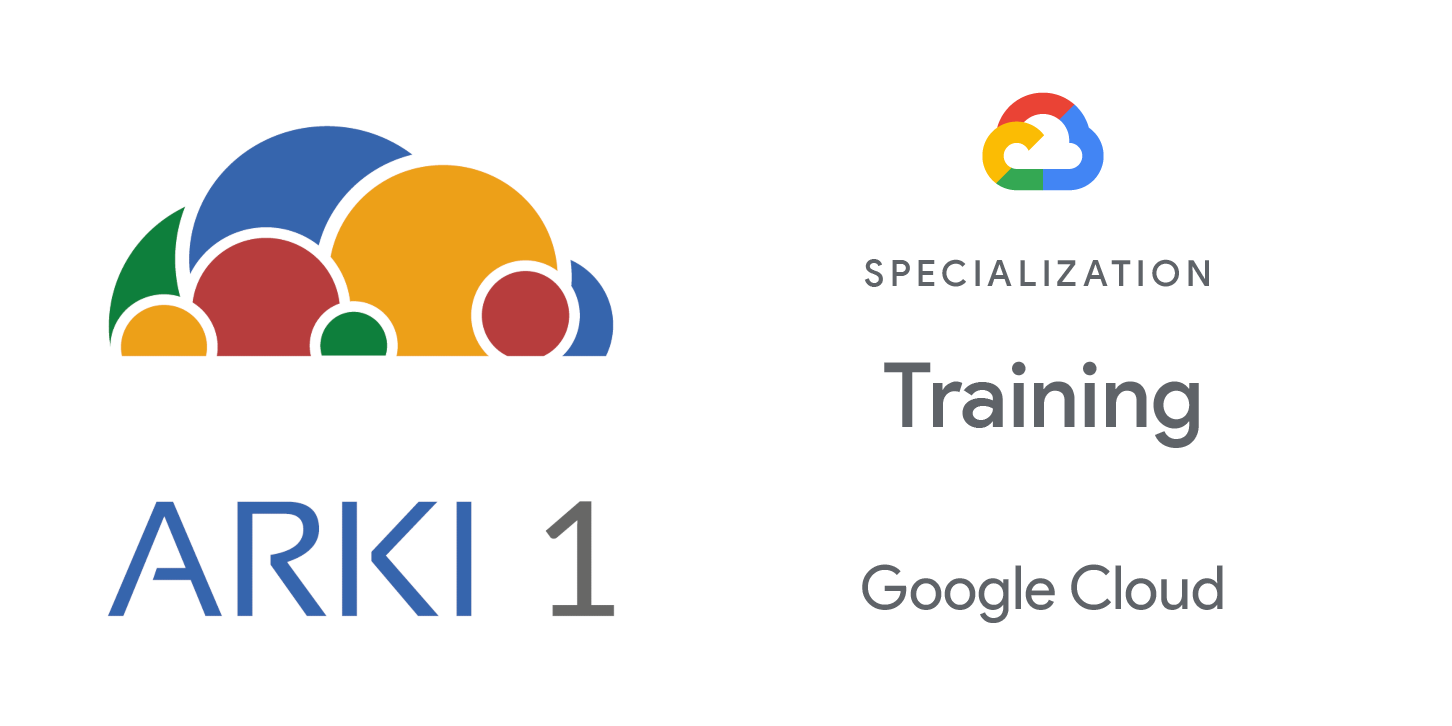This course features a combination of lectures, design activities, and hands-on labs to show you how to use proven design patterns on Google Cloud to build highly reliable and efficient solutions and operate deployments that are highly available and cost-effective.
This course was created for those who have already completed the Architecting with Google Compute Engine or Architecting with Google Kubernetes Engine course.
Objectives
In this course, participants will learn the following skills:
- Apply a tool set of questions, techniques and design considerations
- Define application requirements and express them objectively as KPIs, SLO’s and SLI’s
- Decompose application requirements to find the right microservice boundaries
- Leverage Google Cloud developer tools to set up modern, automated deployment pipelines
- Choose the appropriate Google Cloud Storage services based on application requirements
- Discuss Google Cloud network architectures, including hybrid architectures
- Implement reliable, scalable, resilient applications balancing key performance metrics with cost
- Choose the right Google Cloud deployment services for your applications
- Secure cloud applications, data and infrastructure
- Monitor service level objectives and costs using Cloud Monitoring
Audience
This class is aimed at the following audience:
- Cloud Solutions Architects, Site Reliability Engineers, Systems Operations professionals, DevOps Engineers, IT managers.
- Individuals using Google Cloud to create new solutions or to integrate existing systems, application environments, and infrastructure with Google Cloud.
Prerrequisites
To fully benefit from this course, participants must comply with the following criteria:
- Have completed Architecting with Google Compute Engine, Architecting with Google Kubernetes Engine or have equivalent experience.
- Have basic proficiency with command-line tools and Linux operating system environments.
- Have systems operations experience, including deploying and managing applications, either on-premises or in a public cloud environment.
Duration
2 days
Investment
Check the next open public class in our enrollment page.
If you are interested in a private training class for your company, contact us.
Course Outline
The course includes presentations, demonstrations, and hands-on labs.
- Describe users in terms of roles and personas
- Evaluate KPIs using SLOs and SLIs
- Determine the quality of application requirements using SMART criteria
- Decompose monolithic applications into microservices
- Recognize appropriate microservice boundaries
- Design consistent, standard RESTful service APIs
- Identify the 12-factor best practices for implementing services
- Discuss the automation of service deployment using CI/CD pipelines
- Explain how to leverage Cloud Source Repositories for source and version control
- Automate builds with Cloud Build and build triggers
- Manage container images with Container Registry
- Identify the use cases for Spanner
- Identify the use cases for Cloud SQL
- Identify the use cases for Firestore
- Identify the use cases for Memorystore
- Discuss the design of VPC networks to optimize for cost, security, and performance
- Describe how global and regional load balancers provide access to services
- Connect networks using peering and VPNs
- Define hybrid networks between Google Cloud and on-premises data centers using Cloud Interconnect
- Choose the appropriate Google Cloud deployment service for your applications
- Configure scalable, resilient infrastructure using Instance Templates and Groups
- Orchestrate microservice deployments using Kubernetes and GKE
- Leverage App Engine for a completely automated platform as a service (PaaS)
- Discuss the design of services to meet requirements for availability, durability, and scalability
- Identify the failures to be avoided to implement a fault-tolerant system
- Identify the best practices for designing secure systems
- Discuss the use of organizational policies and folders to simplify cloud governance
- Identify Google Cloud services that can be leveraged for access management
- Identify Google Cloud services that can be leveraged to mitigate DDoS attacks
- Discuss different ways to manage new service versions
- Describe how to forecast, monitor, and optimize service costs
- Observe if your services are meeting their SLOs using Cloud Monitoring and Dashboards
- Use Uptime Checks to determine service availability
- Respond to service outages using Cloud Monitoring Alerts


